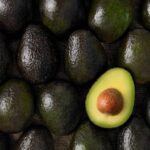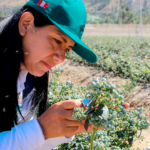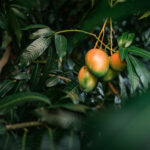Peruvian mango exports to the U.S. drop 35%

The high temperatures faced by Peru due to the El Niño phenomenon, especially in the second half of 2023, have had an impact on the country's mango crop, with production volumes below normal, according to Gestion Peru.
Greg Golden of Amazon Produce Network, importer and distributor of mangoes and other agricultural products in the United States, says that this situation generated a shortage of mangoes in the U.S., taking into account that Ecuador is also facing a similar situation.
He projects that the situation will continue for a few more months. A temporary relief in the supply of this fruit came with the arrival of two ships from Brazil at the end of November.
"These two ships flooded the American market and it took two weeks to liquidate the supply," he adds.
After this, prices went up again, since what arrived from Brazil did not cover the basic winter demand of the U.S.
"Mango trees need to undergo stress to produce fruit," Golden explains. "Normally, the dry season and cool nights provide the stress that causes flowering, but this year temperatures in Peru and Ecuador remained warm at night and rains came periodically, reducing the stress on the trees to produce fruit."
The result was limited and delayed flowering, which delayed the start of the season and reduced volumes in both countries.
Current situation
In Peru, Golden says, the situation is even more dramatic than in Ecuador, as only about 35% of the normal volume is expected to be shipped to the United States.
"The start of the season in Peru was even more delayed than in Ecuador and they just started. Harvesting and packing are projected to continue until mid-March," he says.
"Peru's supply is competing strongly with Europe, as the continent is the main market for mangoes coming from that country, followed by the U.S. in second place," he points out.














































